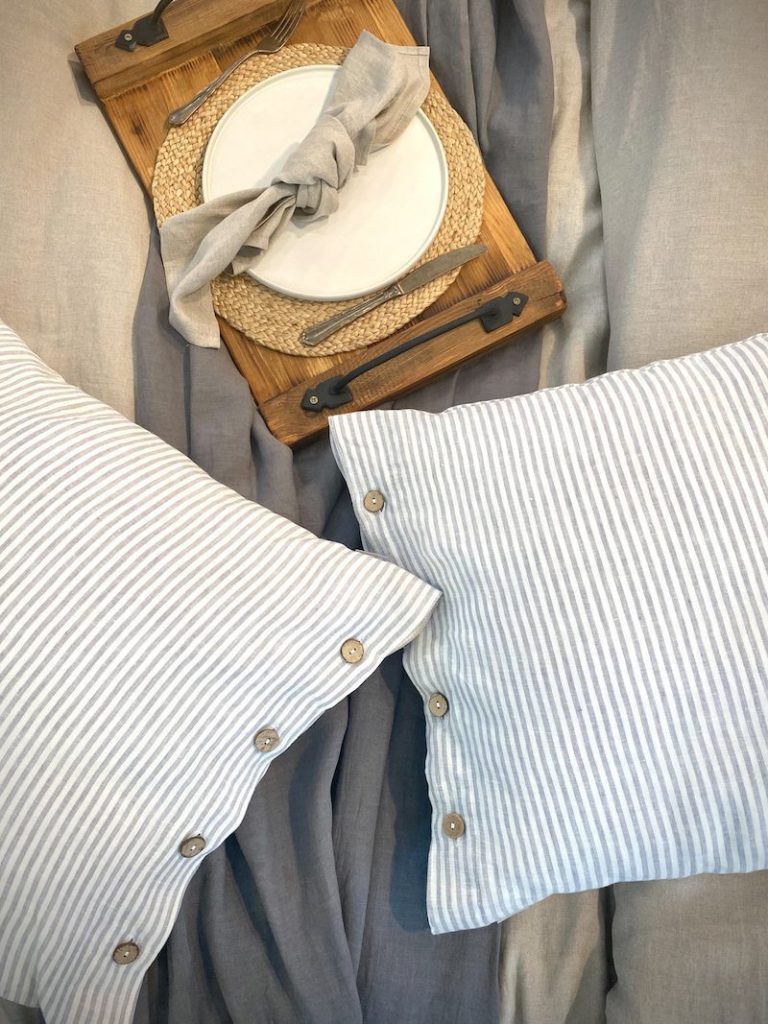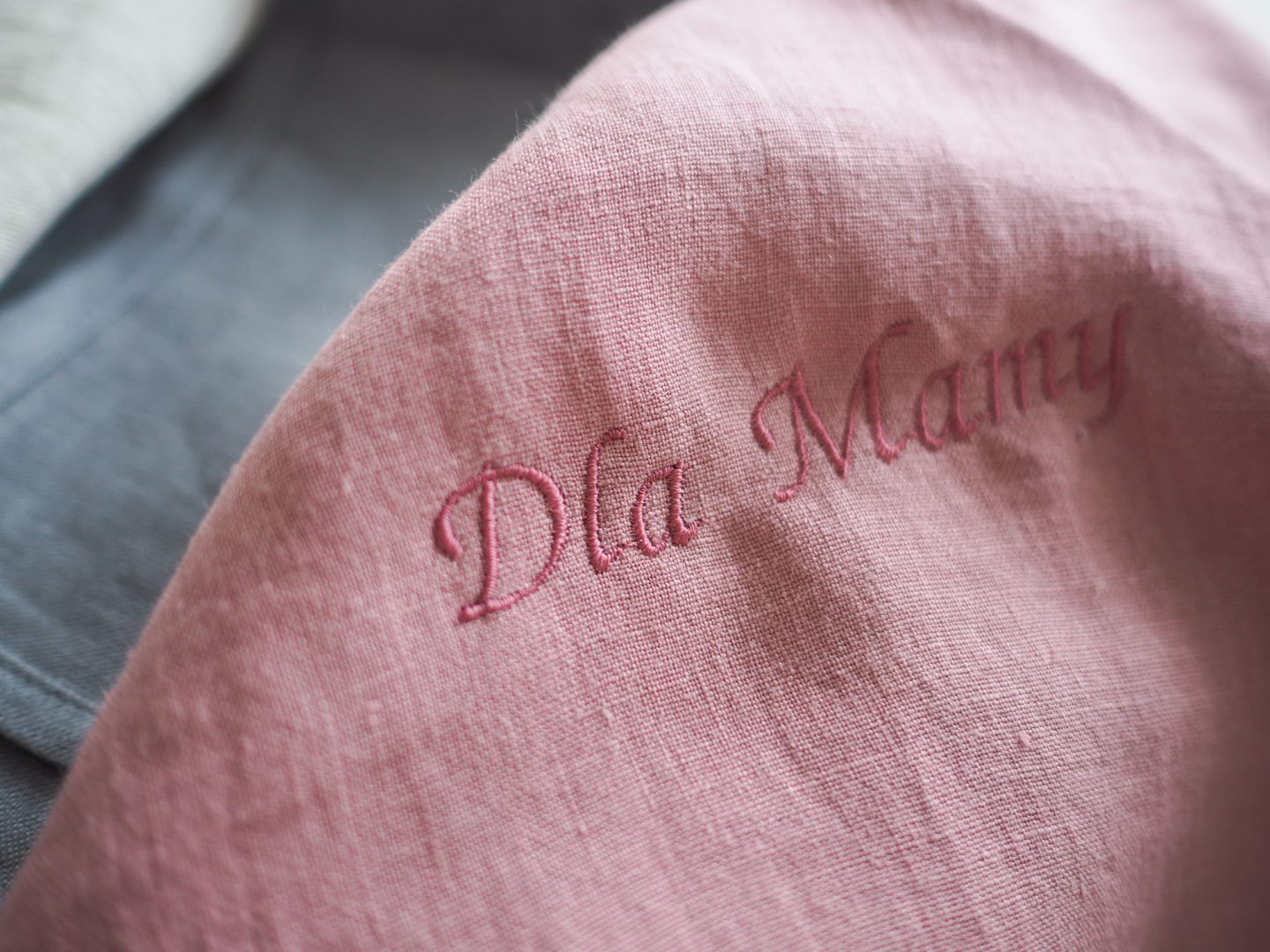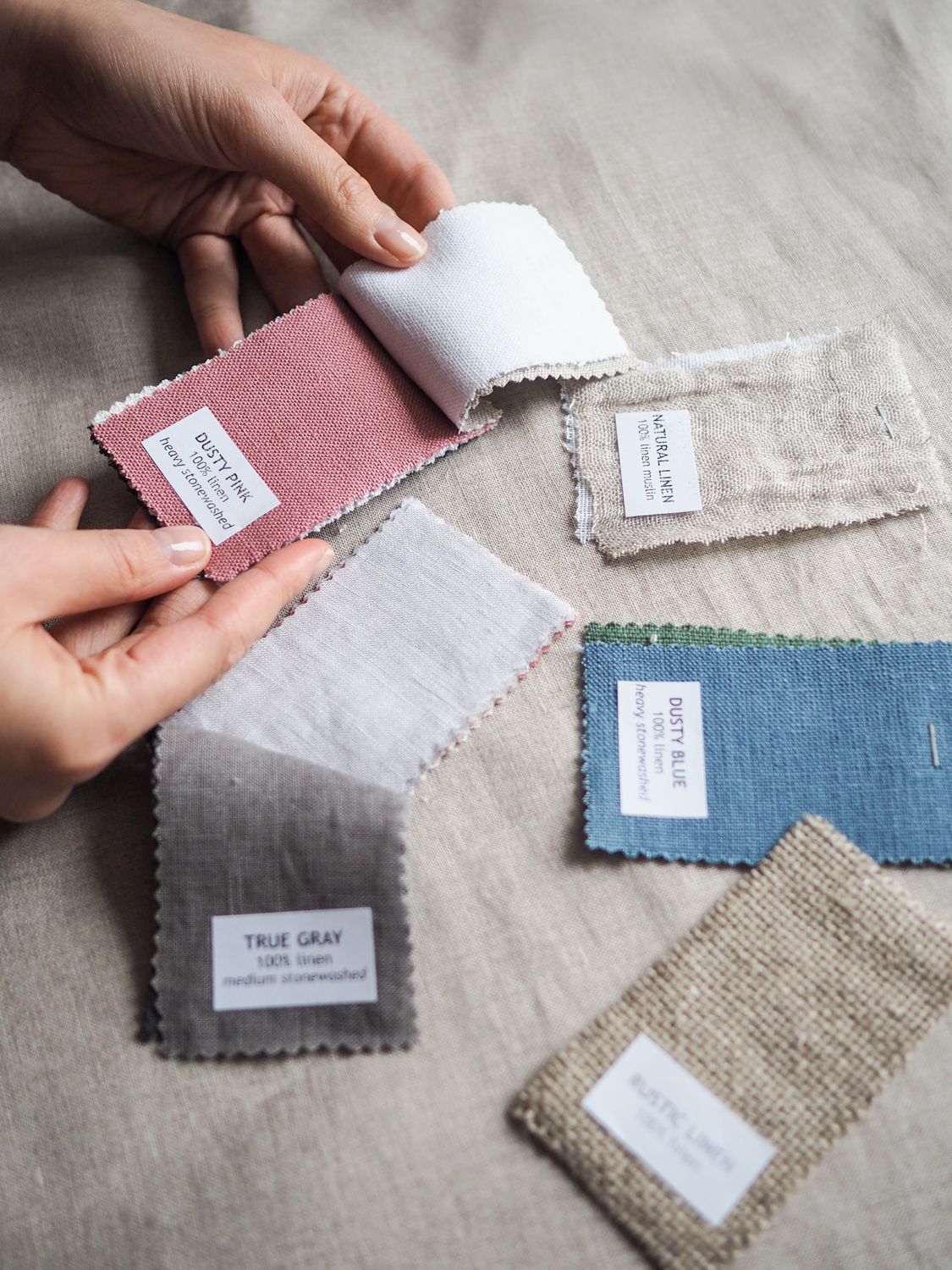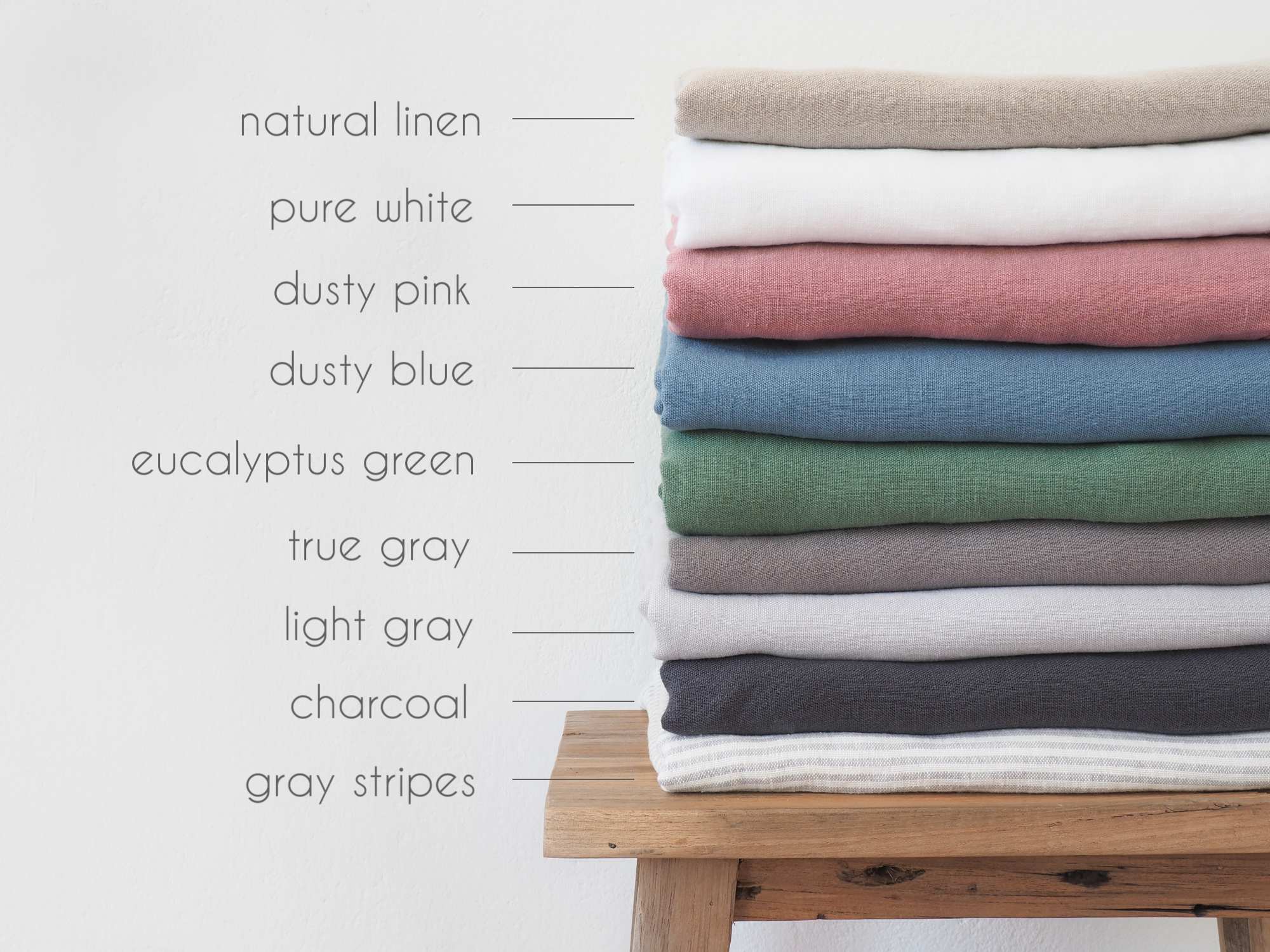LINEN FOR AUTUMN, Uncategorized
October – the month of linen!
October is not only the month when we take out warm woolen sweaters from the wardrobe and make tea with raspberries and ginger. It is not only the time of long nights, colder mornings, golden leaves and aromatic pumpkin soup. For us, October is particularly important and symbolic due to its genesis and origin. It is this month, unofficially, that linen’s “birthday” is celebrated. Therefore, for this unique occasion, we have prepared many surprises for you – from the autumn promotion to the following post. The latter will allow us to travel to the past, during which you will learn the secrets of the first step of production – growing and harvesting.
THE ORIGINS OF POLISH “PAŹDZIERNIK”
The Polish name for October is “październik”. Do you want to know what it has to do with linen? The etymology of the names of the months is interesting and extremely unambiguous – it is no different in the case of the current month.
“Październik” comes from “paździerz”, which means “chaff” that is scaly parts of flowers such as hemp or linen. It is during this period, when crushing, the skins detach from the stems, thanks to which it is possible to work on them later. So the name is in a way a tribute to linen crops and later works, the fruit of which is the fabric you already know.
FROM FLAX TO LINEN
Before we get linen bedding or linen tablecloth, flax has to go a long way – from the field to the sewing room.

As flax is grown in all continents – especially in the temperate zone due to the growing requirements – its form of care and processing may differ slightly. In Poland, it occurs most often in four varieties and each of them is uprooted. Fibers with different characteristics come from different parts of the stem. Long fibers are obtained from the middle part, which are then used to produce the fabric. A short fiber is formed from the root and upper parts, which is used to produce yarns.
After harvesting, the flax is dried and threshed. It is in this step that the fiber is separated from the woody tissue, which is commonly called retting. After a few days, the flax turns over to provide the right amount of heat. The entire process takes up to 3 weeks.
After arranging the sheaves and setting them for a few weeks, breaking occurs – that is, the woody core inside the stem is mechanically broken. For this purpose, brakes are used, which treat the plants very gently, without pulling off the chaff. This one is removed only when scutching.
The fibers treated in this way are sorted into appropriate species. Good, high-quality fiber, which is used for e.g. linen curtains or linen sheer curtains, shows durability, softness, shiny finish and a fiber-specific smell.

Then, selected, cleaned and carded fibers are combed. Interestingly, the old combs were made of wood, and today they have metal insets. After combing, the fiber is rolled into skeins and then sent to e.g. a sewing room.
IT HASN’T ALWAYS BEEN LIKE THAT
However, before the processing looked like this, our ancestors grew flax on fenced plots. The so-created “gardens” were located near the house, and there were 8 to 12 farms per village. Flax was second most popular, rivaling peas and broad beans.
The main purpose of growing flax was the desire to obtain stem fiber, which was an extremely valuable material used in the production of fabrics.
In the 14th century, the production and cultivation of flax entered a slightly “higher” level, appearing in the magnate and royal gardens. At that time, the cultivation of flax was very popular, not only due to the lack of alternatives, but primarily due to the knowledge of the valuable properties of the plant. Interestingly, in the 18th century, 70% of peasants made a living by growing flax, which then went to women who spun fabrics in weaving factories. It was then that October was hailed as farm work, where both women and men spent their days.

Today, despite the fact that the chaff tradition has somewhat lost its popularity, in our eyes this month is passing under the sign of “linen birthday”. So let’s celebrate it with our products!
The main photo @karolina.tamtutaj





